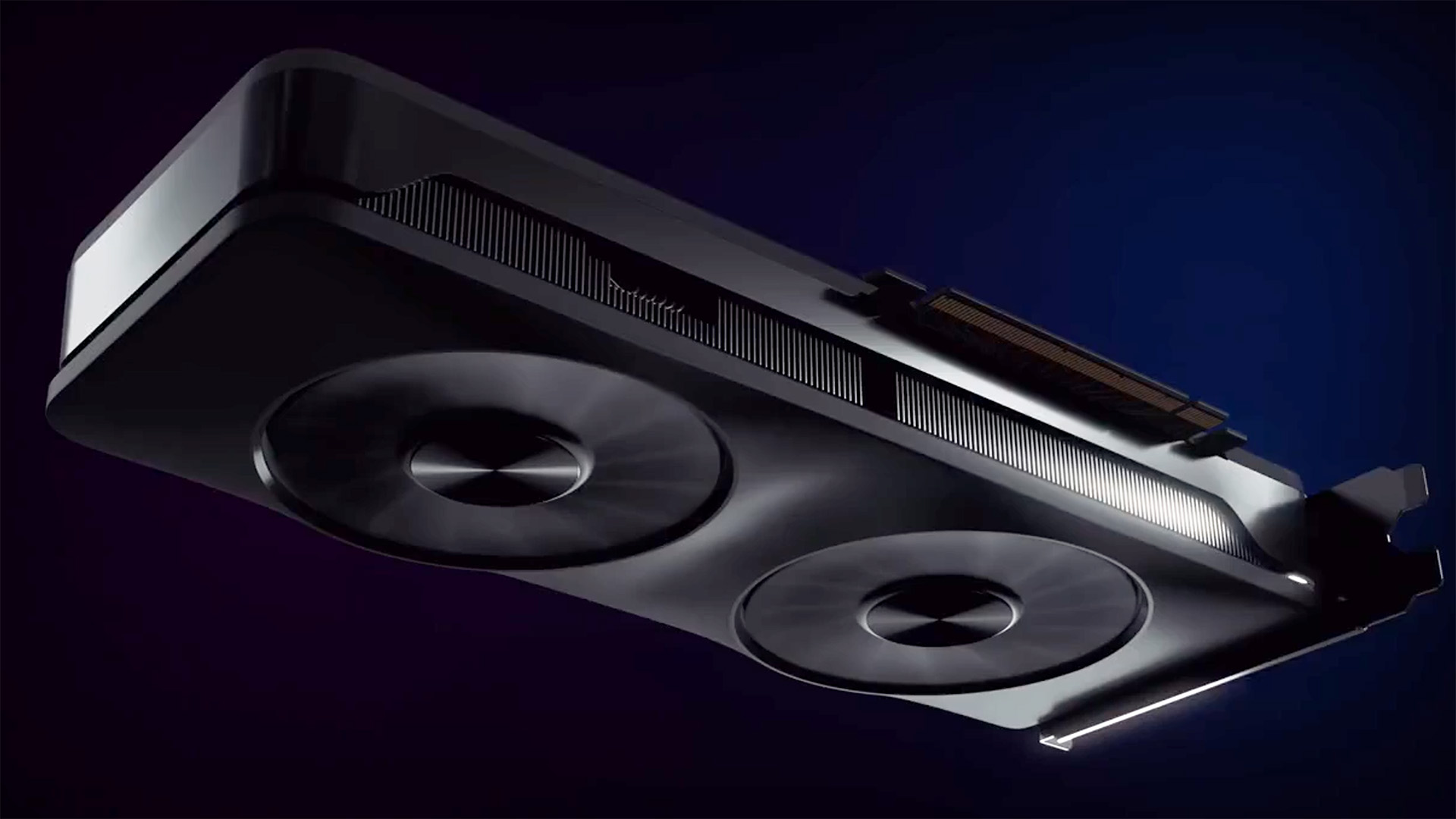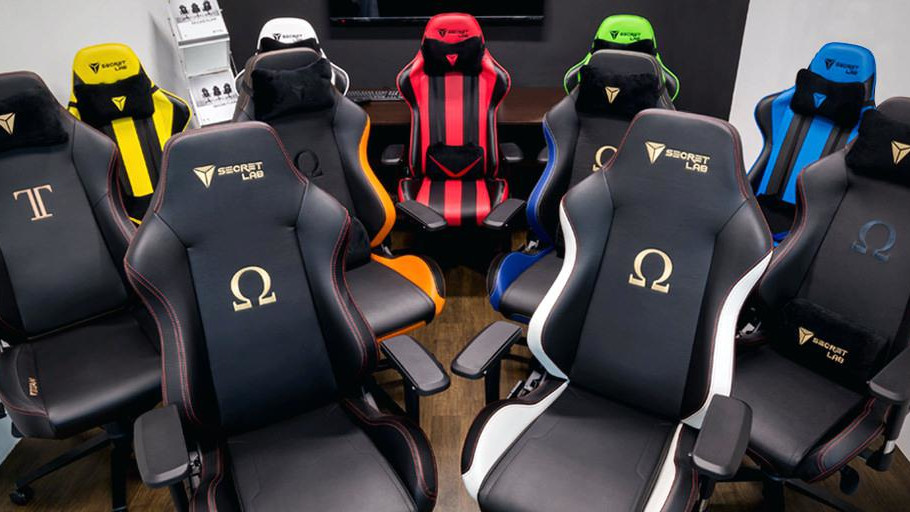Intel taps Microsoft to take care of older DX9 game support with its Arc GPUs
DX9 games will effectively be emulated on Intel's Arc graphics cards and 12th Gen GPUs.

Intel has officially removed native DX9 support from its Arc and 12th Gen graphics hardware. You might now be wondering where that leaves older games in your library that still utilise the ageing API. There's nothing to fear, Intel isn't ending DX9 support completely, it's instead differing bug testing and support to Microsoft and its D3D9On12 emulation layer.
Intel is ditching its native DX9 driver and will call on Microsoft's D3D9On12 mapping layer when required. This layer essentially takes DX9 commands and translates them to DX12 commands, thus cutting out a whole stack of driver optimisations that Intel would have otherwise needed to build for itself.
Think of it in a similar vein to how Valve's Proton compatibility layer converts DirectX commands to Vulkan API commands, in order to make gaming on the Steam Deck a whole lot simpler.
"12th generation Intel processor's integrated GPU and Arc discrete GPU no longer support D3D9 natively," a support page on the Intel website says (via Tom's Hardware). Applications and games based on DirectX 9 can still work through Microsoft* D3D9On12 interface."
This should work in Intel's favour, as the company has admitted it is struggling with APIs that are older than the more recent DX12 and Vulkan APIs on its latest Arc GPUs.
"It's just going to be a labor of love for forever making DX11 titles better and better and better. And DX9 as well," says Intel's Tom Peterson. "But then Vulkan and DX12 titles are just, in general, going to be more optimised for Intel GPUs as we start to have a larger footprint."

Best chair for gaming: the top gaming chairs around
Best gaming desk: the ultimate PC podiums
Best PC controller: sit back, relax, and get your game on
With this compatibility layer from Microsoft, Intel can effectively set aside efforts on DX9 titles and instead refer to Microsoft's expertise with its own API to optimise these games instead.
The biggest gaming news, reviews and hardware deals
Keep up to date with the most important stories and the best deals, as picked by the PC Gamer team.
"Since DirectX is property of and is sustained by Microsoft, troubleshooting of DX9 apps and games issues require promoting any findings to Microsoft Support so they can include the proper fixes in their next update of the operating system and the DirectX APIs," Intel says.
Though Intel does still need to figure out DX11 support, and that is by far the more important piece of the Arc driver puzzle that Intel needs to figure out. Many popular and modern games still rely on the DX11 API, so making that work with Arc will be one key to any success it hopes to achieve.

Jacob earned his first byline writing for his own tech blog. From there, he graduated to professionally breaking things as hardware writer at PCGamesN, and would go on to run the team as hardware editor. He joined PC Gamer's top staff as senior hardware editor before becoming managing editor of the hardware team, and you'll now find him reporting on the latest developments in the technology and gaming industries and testing the newest PC components.

